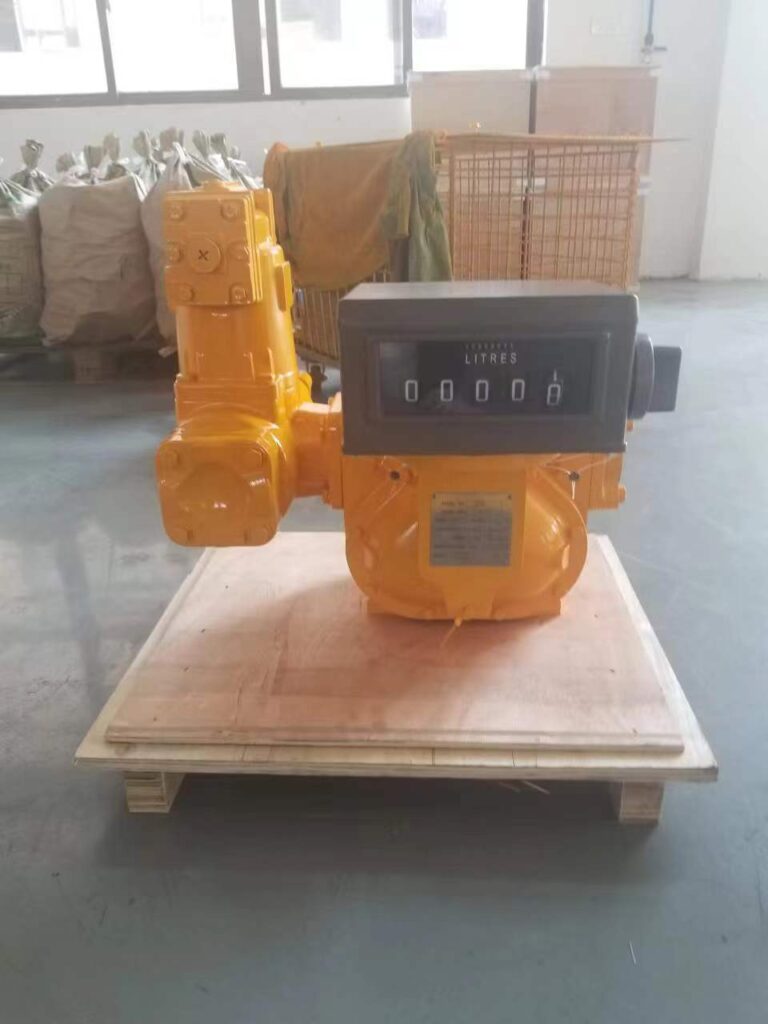What do the units %LEL, %VOL, PPM and mg/m3 displayed by the gas detector/gas detector mean? Common unit conversion relationships and interpretation of common terms
Toxic and flammable gas leaks pose a constant threat to industrial plants, their employees, and those who live nearby. Continuous, reliable operation of equipment and your familiarity with gas detection systems are also critical. There are some common units and common terms involved when using gas detectors. Do you know what they are? Common […]

